New coins for a new monarch
For many hundreds of years a change of monarch has meant a change to the coinage. In the medieval period, this would have involved altering only the inscription but later came to include the changing of a royal effigy.
With the accession of a new monarch, the Mint has been required over this extended period to update the coinage portrait, the circulating currency becoming for centuries one of the only ways in which people could see an image of their king or queen. These were coins to be used in everyday transactions but with updated designs. It was only with the crowning of Queen Elizabeth II in 1953 that we saw the Coronation specifically referred to on special coins commemorating the event.
1953 Coronation crown
Obverse
The Museum library contains an album of photographs, letters and press cuttings which tell the story of how Jean Emerson posed as the late Queen Elizabeth II for the equestrian portrait on the Great Seal and the Coronation crown of 1953. She was a 28-year old Wren and in July 1952 was informed by letter that she had been chosen to sit for sculptor Gilbert Ledward, using the police horse, Winston, that the Queen had ridden in the Trooping the Colour ceremony. She had previously been chosen to play Elizabeth I at a Searchlight Tattoo in White City, her regal bearing and her fine horsemanship being the reasons behind her selection.
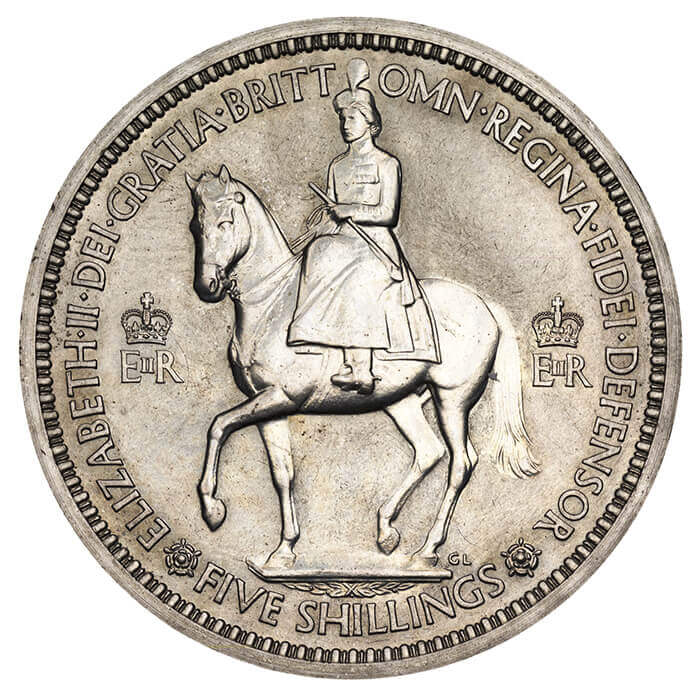
The Queen was depicted on the Coronation crown in the uniform of a Colonel-in-Chief of the Grenadier Guards. Ledward had made several drawings of the Queen at the Trooping the Colour and was granted one sitting but to ensure the correct posture of the side-saddle figure on horseback Ledward needed a model and Jean Emerson was asked to pose. She recorded afterwards how she sat for the sculptor twice, describing him as a delightful man, and he later very generously gave her two of his original sketches. Her involvement in the design of the coin and the seal was recorded at the time in the press but it is probably not all that well known today and provides a charming story behind the creation of a classic British coin.
Reverse
Collectors of British coins will be very familiar with the reverse design of the 1953 Coronation crown (below right) designed by the herald painter Edgar Fuller and modelled by Cecil Thomas. They will perhaps be less familiar with this rare pattern (below left). It shows the original much more elaborate and heavily ornamented reverse design for the crown which, when it was seen on a trial coin, was considered to be too crowded in appearance.
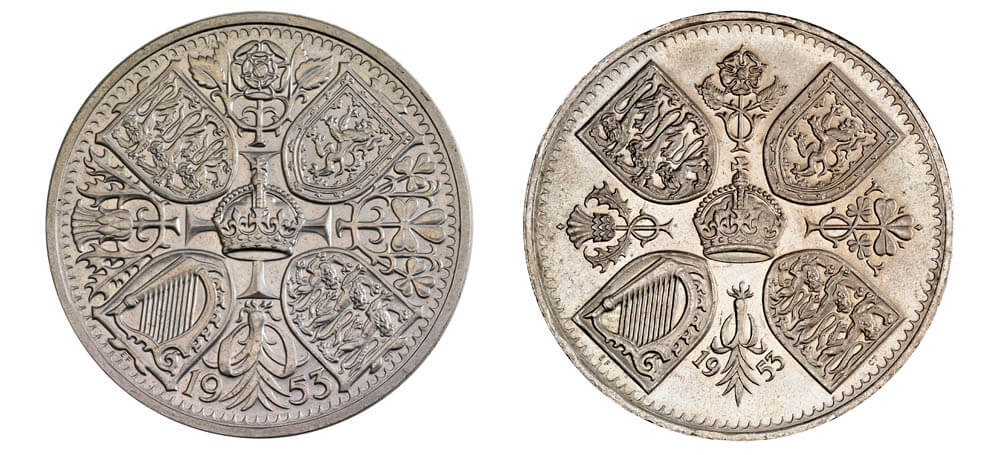
Even into December 1952, amendments to simplify the reverse were still being discussed. Eventually a less congested design was approved, leaving the Royal Mint collection with a rare pattern and one that perhaps does better justice to the power and presence of Edgar Fuller’s concept.
New coins of Elizabeth II
Some of the most visible changes during a new reign are to be found in the form of new royal iconography. New stamps, new bank notes, post boxes with new Royal cyphers, and new coinage designs are all highly visible ways in which the public can engage with the change of reign . To aid with this transition, it has historically been the unofficial aim of the Royal Mint to have the coinage of a new monarch ready in time for the coronation, which often occurs a year or so after their accession to the throne.
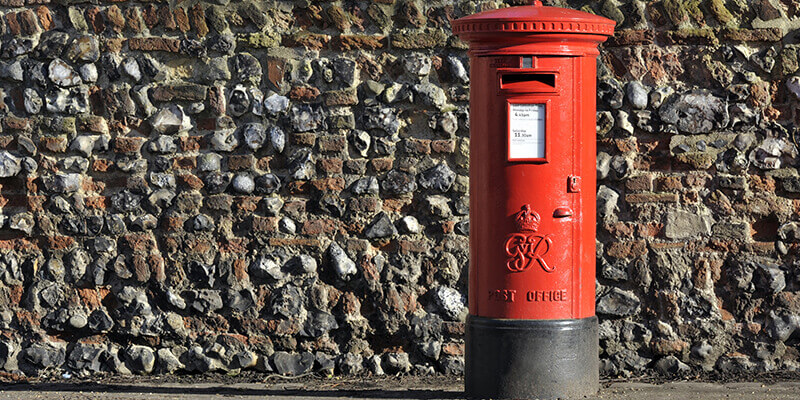
This has not always been straightforward, as in the case of the new coins of Elizabeth II. On the death of George VI in February 1952 the banks already held sufficient stocks of the old coins and it was not expected that there would be any strong demand that year for coinage. This would prevent the new coins of Elizabeth II, which were ready by the late autumn of 1952, from entering circulation ahead of the coronation. Rather than cause any disappointment to the public, it was agreed with the banks that special sets would be made available. Struck to ordinary, circulating standard, and packed in plastic envelopes, the nine coins from halfcrown to farthing were available for 5s 6d to allow for an inexpensive coronation souvenir.
The distribution began in February 1953 and by the coronation nearly one million had been sold to the public. They continued to be issued for some time after, and right up until 1956 the Mint retained a small stock for sale to visitors. Despite the predictions, demand for circulating coins did increase throughout 1953 and by the end of that year a considerable amount of all denominations had been issued except for the penny.
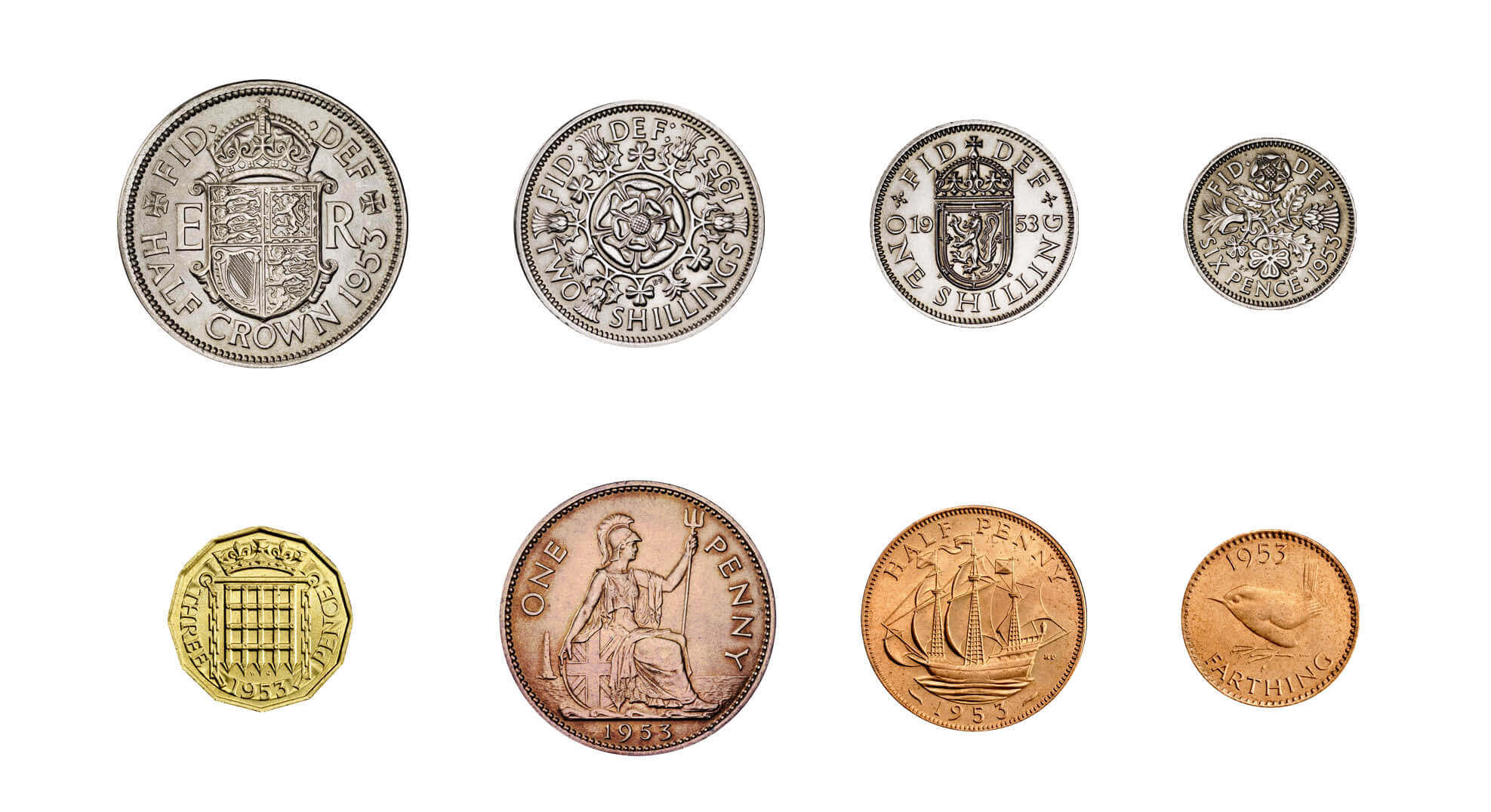
Towards the end of 1953, after the Mint had coped with the larger demand for uncirculated sets and Coronation crowns, the production of proof coins of the new reign began. A decision was taken to provide just one set that would contain all the circulating denominations from halfcrown to farthing, together with the Coronation crown piece. Maundy coins were excluded, as were the four gold denominations from the sovereign family. This omission caused a great deal of comment from collectors who highlighted the convention of including gold coins in the set. In the difficult economic circumstances of 1953, it was felt this inclusion was too much of an extravagance, but force of tradition did lead to a select number being struck for national collections to preserve continuity.
Although the sets did not include the gold coins, they were a huge success. Between September and December some 40,000 were produced, far higher than any previous proof set. It is likely that more could have been made but the production of coin for domestic and overseas use prevented this.
Gold set of 1953
Making available complete sets of gold coins on the occasion of a major change to the coinage, such as those sets prepared in 1887 and 1893, has a reasonably long pedigree. The accession of Queen Elizabeth II in 1952, and the arrival of a new coinage bearing new designs the following year, held out the prospect of a similar set being produced. Circumstances in 1953, however, which included limitations on holding gold and overseas exchange restrictions, meant that a set could not be made available for sale and the authorities were left confronting the dilemma of whether or not to issue a set at all.
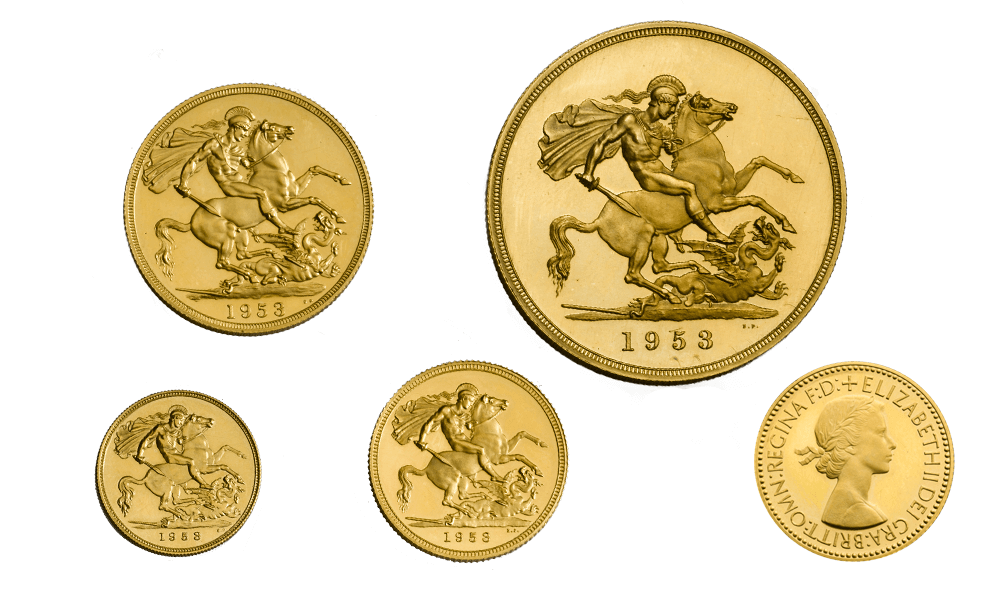
In the end a very limited number was struck with the express intention of presenting them to national collections, including the British Museum and the Royal Collection. The Royal Mint Museum retained a set of the coins: five pounds, double-sovereign, sovereign and half-sovereign, and they have since become one of the great rarities of the coinage of the reign.
